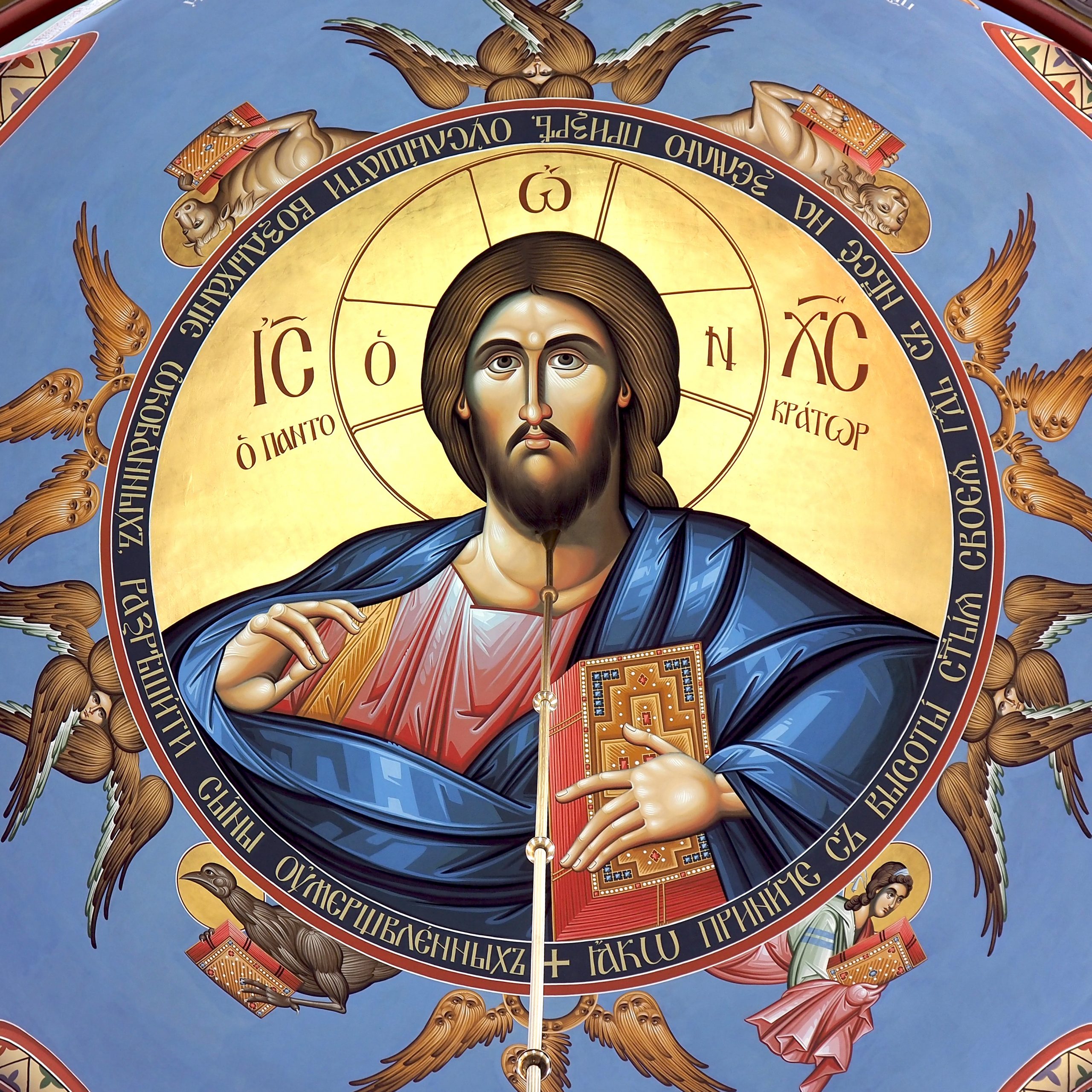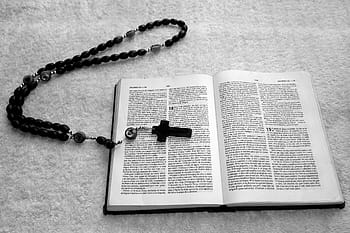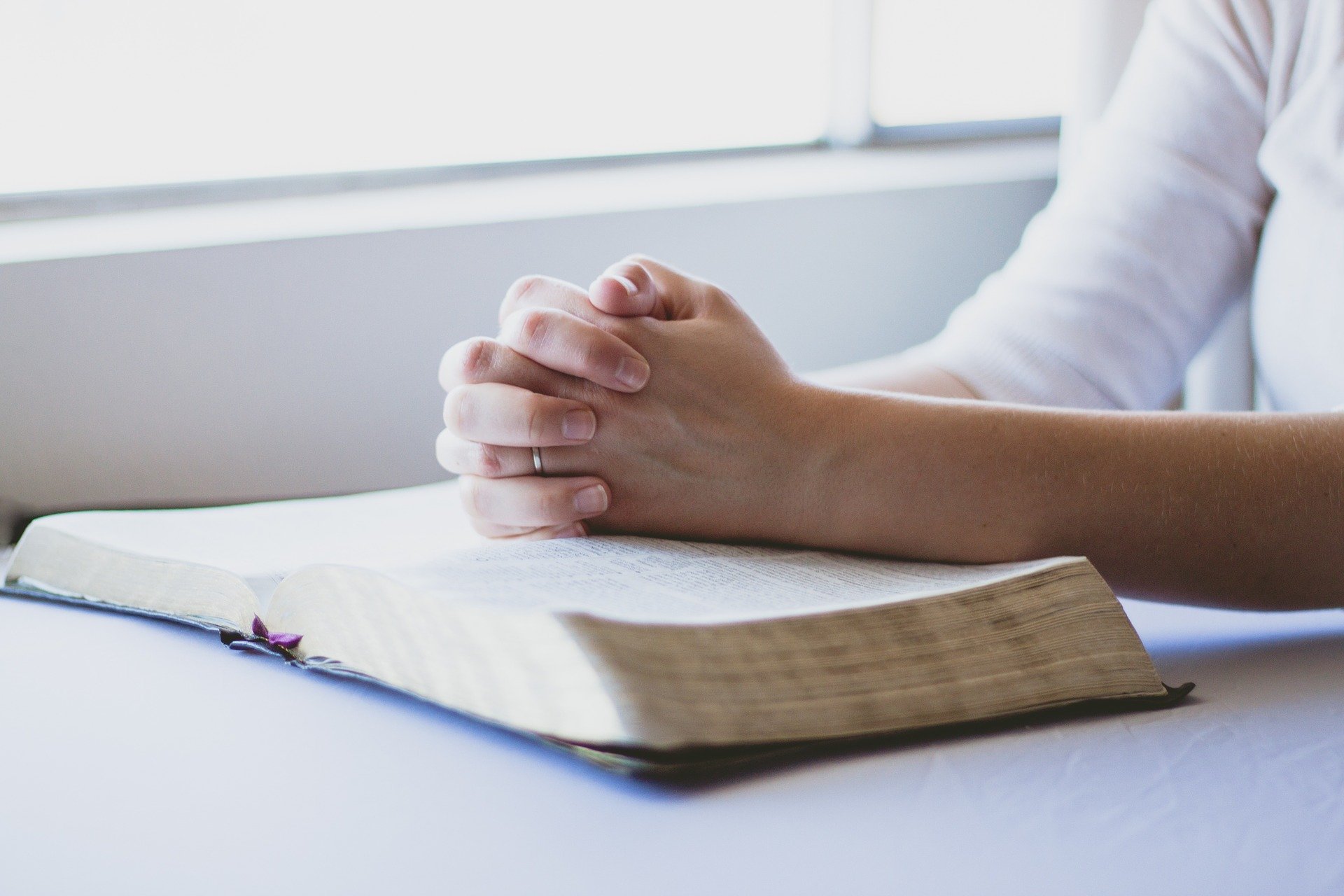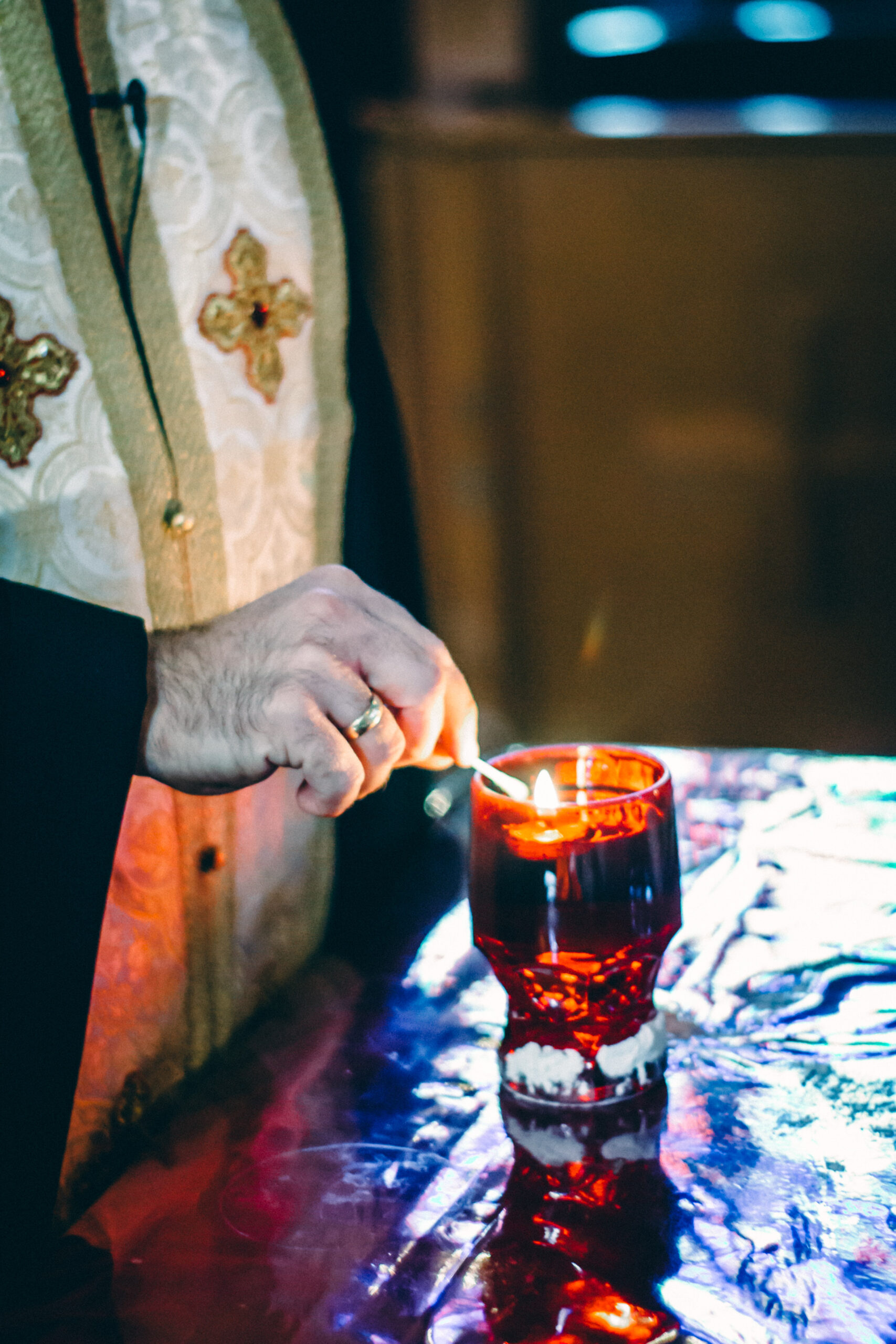Help me, O Lord my God! Save me according to Thy steadfast love!
Psalm 109:26
One of the best ways to teach people is incorporating something called “experiential learning.” This is where the teacher provides an experience so that the students will remember not necessarily what the teacher said by what they did. There are many lessons about Christianity that are conveyed much better through experience than sermon. Here is one of them that demonstrates why we need the help of others to get to Christ. See if you can envision this activity in your mind
Take a large open space, like a basketball court and several people. Put a chair at some random place on one end of the basketball court. On the chair, put a small icon (picture) of Christ. A couple of people are asked to remain out of sight of the basketball court, so they won’t see the beginning of the activity. Then a couple of others who are still on the basketball court (at the opposite end of where the icon is) are blindfolded. They are each asked how many sins, on a scale of 1 (few) to 10 (many) they’ve committed in the past year. Most will say ten. Each will spin around ten times (or whatever their number was) and each will be instructed to walk towards the icon. No one else who is present is allowed to talk. Of course, there may be the 1% chance that one of those people is a gymnast who can still walk a straight line being dizzy, but most people who try this exercise fail miserably. They walk into walls, they get impatient, or they just quit. They can’t find the icon. The message is that if we try to get to Christ without some kind of help, we are much more likely to get hurt, get discouraged or quit. Having help and encouragement to get to Christ is essential.
Now the activity is repeated, with the two people who didn’t see what has happened so far. They do it one at a time, and the second one does not watch the first one. There is a reason for this, and that is that each person does this differently. Choose two people, get two different outcomes.
One person is blindfolded before coming to the basketball court. They haven’t seen the chair or the setup. They are asked several questions by the facilitator. The first is “Do you trust me?” Most people will answer yes, they trust the facilitator, even if they don’t know them well. The second question is “is there someone else you trust?” And they will choose someone from the group to help them. They are told “there is a chair with an icon of Christ on it on the other side of the basketball court.” Then they are then asked “do you believe this?” They will most likely answer “yes”, figuring that the facilitator is not going to lie to them. The question of “how many sins have you committed in the past year” will be asked as it was asked to the previous people. Most will say “ten.” Then they are told to spin around that number of times, to then go find the icon, but if they need help, they can ask for help. The person they have chosen, when asked for help, is allowed to turn the blindfolded person’s body towards the icon and then let go. The exercise begins.
And here is what inevitably happens. The blindfolded participant walks around, crashes into things and doesn’t ask for help for at least 2-3 minutes. Usually as the facilitator, I have to ask them how they are doing, repeat the directions several times, until they get the hang of that they need to ask for help. Once they figure this out, they find the icon rather quickly. The problem is that they don’t figure it out quickly. They crash into things, they get discouraged. One time when I facilitated this exercise at summer camp, the person doing it said “I’m walking around aimlessly. I think you are goofing on me, I don’t think there is an icon, I want to quit.” That was a dramatic teaching moment. I told this person “you can quit if you want, but if you quit and find out there really is an icon on this court, you can’t restart.” To which they responded that they’d continue. They weren’t really sure there was an icon there but they were more afraid to quit than to continue. How many of us feel like this at times?!
The lessons of this exercise are several. The most important question in setting this up is “do you believe there is an icon of Christ on a chair on this court?” Because if the answer is no, then the facilitator can’t very well tell the person to go find it. Believing something is there without seeing it, believing there is an icon on a chair that you haven’t seen in this case, is what faith is. It takes faith to believe. It takes faith to start walking. It takes faith to continue walking and it takes faith to ask for help.
The second thing that becomes very apparent every time I see this exercise is that people are hesitant to ask for help. Is that because we’ve been conditioned to go it on our own? Have we been taught that asking for help is a sign of weakness? Or have we asked for help and been hurt instead, so now we are afraid to ask? (Whether it is to get to Christ or with anything else in this life).
The parameters of this exercise mirror real life. We are all at a distance from our salvation. This is why we need constant work on it. The blindfold represents sin, the thing that keeps us from seeing God clearly and the thing that clouds our path to Him. These parameters are the same for everyone. The variable parts of this exercise is who the participant chooses to help, and how often they ask for help.
If a person asked for help every step of the way, they’d literally walk in a straight line to God. And if a person was really astute, they would ask for help from everyone and would be less likely to veer off the path.
The person who provides the help can represent our friends who encourage us to go to Christ, or to other goals we have in life. The more friends we have like this, the easier it will be to get to Christ.
This person also represents the church—the teachings of the church, the clergy, the Sunday school teachers, the youth group, the Bible study, and any other way the church is helpful in getting us to Christ. One critical thing about the helper in this exercise, as well as with the church. The helper can only get the blindfolded person pointed in the right direction. They can’t take them by the hand and lead or force them to go to Christ. They can’t force the person to ask for help either. The church gets us pointed in the right direction. It doesn’t take us by the hand and force us to go to God. The church gets us pointed in the right direction—it is our choice to walk the way we are directed. It is our choice to decide how often we ask for help.
One other thing about this experience is that the instructions are pretty easy, “ask for help when you need it.” And yet I often have to explain the directions 3-4 times within a few minutes. I’ve seen an acronym for the Bible—Basic Instructions Before Leaving Earth. And people have complained that church is the same Sunday after Sunday. Well, we need these basic instructions over and over again, because it takes us years and sometimes a lifetime to figure out that we need help, to decide that there is indeed an icon on the court (or a God in heaven), and to keep walking in the times we think we’re never going to get there.
Back to that critical question of “do you believe there is an icon you haven’t seen on this basketball court?” Most people will say they do believe because they trust the facilitator not to lie. This is why we have to trust our “facilitators”—our parents, priests, ancestors, saints and those who came before us, because others can see what we can’t see yet.
This exercise is only done successfully in the context of community, with the humility to ask for help and the faith to follow the direction that is provided.
Lord, sometimes my life feels like this exercise. I can’t seem to see You clearly, I don’t know that path I should walk on, or I’m lost and am afraid to ask for help, or don’t know who to ask for help. Sometimes I want to quit. Sometimes I wonder if You are even there. In my times of doubt, give me the strength to keep walking. In the times I’m not sure, surround me with people who will give me spiritual confidence. In the times when I’m lost, put the thought in my mind and heart that I need to ask for help. And in the times when I ask for help, provide someone who will get me in the right direction. Help me know that You are real. Help me to work my way towards You in this life, so that I may be with You for eternal life. Amen.
When you feel lost in your spiritual journey, don’t be afraid to ask for help. If someone asks you for help, point them in the right direction. And if you feel like the person who wanted to quit, don’t. Ask for help and keep walking.




